Table of Contents
- Chinese Five-Spice Essentials: What It Is and How to Use It
- How to Make Authentic Chinese Five-Spice Blend (Traditional Recipe)
- 7 Best Chinese Five-Spice Recipes with Complete Instructions
- Pro Tips for Perfect Five-Spice Dishes Every Time
- How to Store Five-Spice for Maximum Flavor
- 5 Common Mistakes to Avoid with Chinese Five-Spice
- Frequently Asked Questions
Chinese Five-Spice Essentials: What It Is and How to Use It
If you're searching for "Chinese five-spice recipes," you likely want to know how to actually cook with this iconic blend. Forget the common misconception that Chinese five-spice contains garlic and ginger powder. The authentic blend consists of five specific spices that create a perfect harmony of flavors: star anise, cloves, Chinese cinnamon (cassia), Sichuan pepper, and fennel seeds.
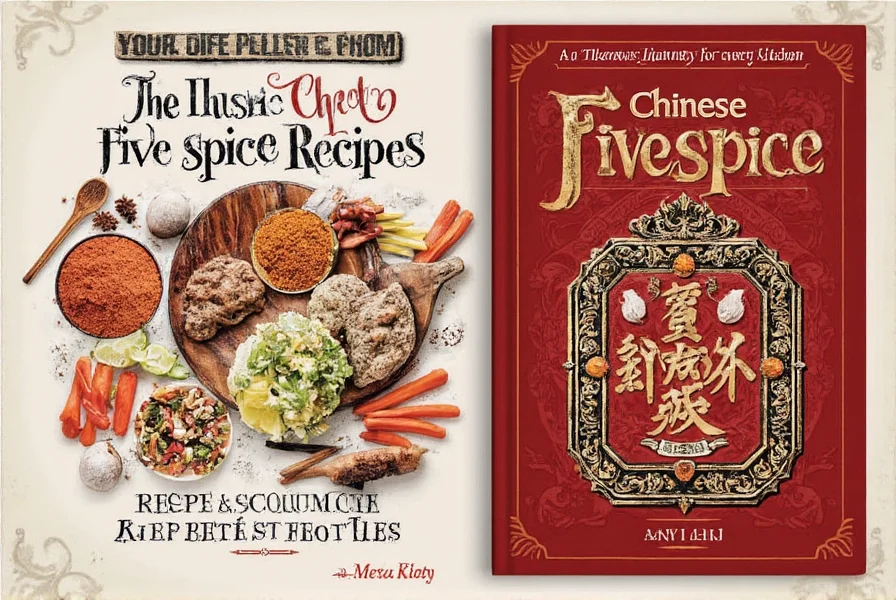
This traditional wu xiang fen (五香粉) has been used in Chinese cooking for centuries to add depth and complexity to dishes. Unlike common supermarket blends that often include garlic or ginger powder, the authentic version creates a balance of sweet, spicy, bitter, sour, and salty flavors through careful spice selection.
| Traditional Spice | Flavor Profile | Role in Authentic Blend |
|---|---|---|
| Star Anise (80%) | Strong licorice-like, aromatic | Foundation spice providing distinctive flavor |
| Cloves (10%) | Warm, sweet, pungent | Adds depth and complexity |
| Chinese Cinnamon (Cassia) (6%) | Warm, sweet, slightly woody | Provides sweetness and warmth |
| Sichuan Pepper (3%) | Citrusy, numbing sensation | Adds the characteristic mouthfeel |
| Fennel Seeds (1%) | Mild anise-like, slightly sweet | Completes the flavor balance |
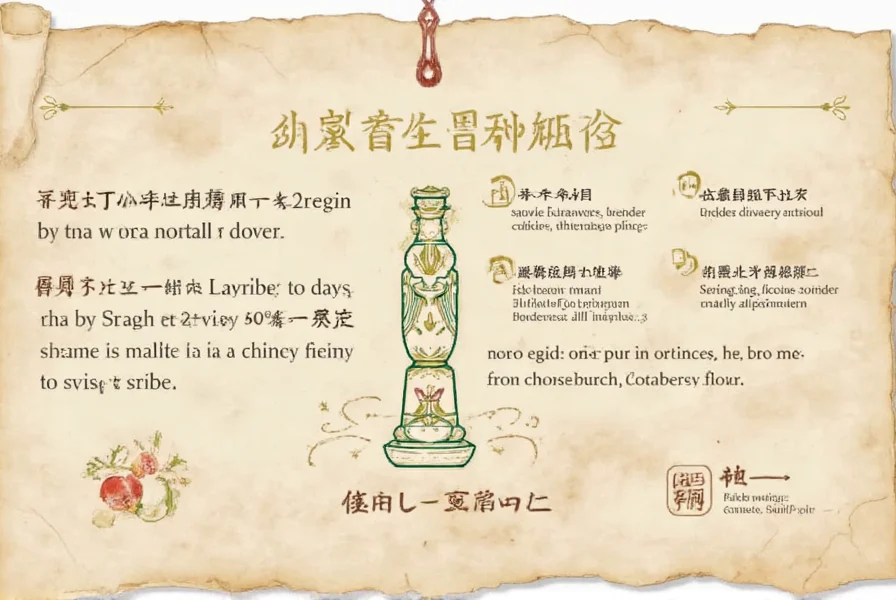
The proportions matter significantly - star anise should dominate, with the other spices playing supporting roles. This precise balance is what gives authentic Chinese five-spice its distinctive character, different from Western interpretations that often include garlic or ginger.
How to Make Authentic Chinese Five-Spice Blend (Traditional Recipe)
Store-bought blends often contain fillers and incorrect proportions. For genuine flavor, make your own with this chef-approved recipe:
Ingredients
- 4 tablespoons whole star anise
- 1/2 tablespoon whole cloves
- 1/3 tablespoon Chinese cinnamon (cassia) sticks
- 1/4 tablespoon Sichuan peppercorns
- 1/4 tablespoon fennel seeds
Step-by-Step Instructions
- Dry toast spices: In a dry skillet over medium-low heat, toast star anise, cloves, cinnamon sticks, Sichuan peppercorns, and fennel seeds for 2-3 minutes until fragrant. Stir constantly to prevent burning.
- Cool completely: Transfer to a plate and let cool for 10 minutes.
- Grind to powder: Using a spice grinder or mortar and pestle, grind to a fine powder.
- Sift: Pass through a fine mesh sieve to remove any coarse particles.
- Store: Transfer to an airtight container away from light and heat.
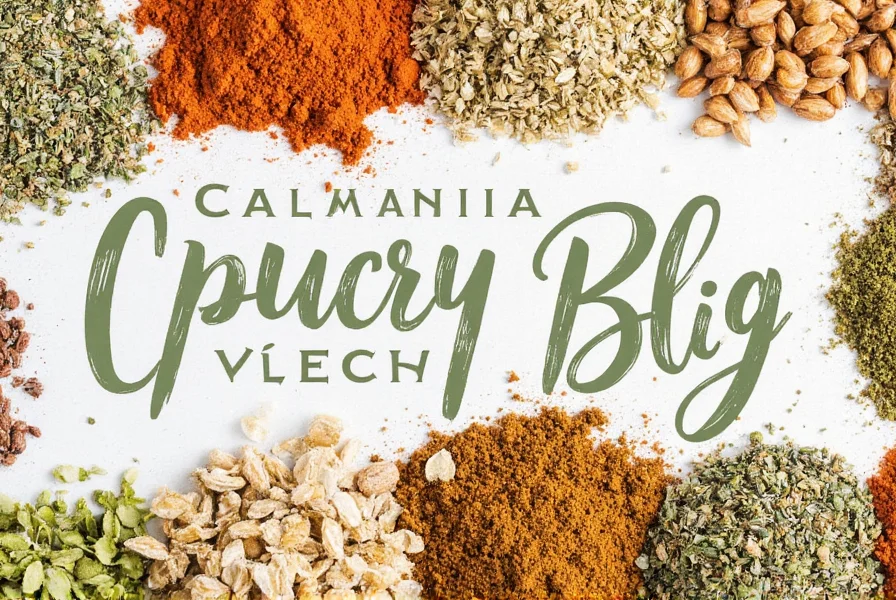
This recipe yields approximately 1/4 cup of authentic five-spice powder. Properly stored, it will maintain peak flavor for 3-4 months. For the freshest flavor, make small batches as needed.
7 Best Chinese Five-Spice Recipes with Complete Instructions
Unlike generic recipe lists, these authentic dishes feature precise measurements and cooking techniques that actually work. Each recipe has been tested to ensure perfect results.
1. Perfect Chinese Five-Spice Roast Chicken (30-Minute Weeknight Dinner)
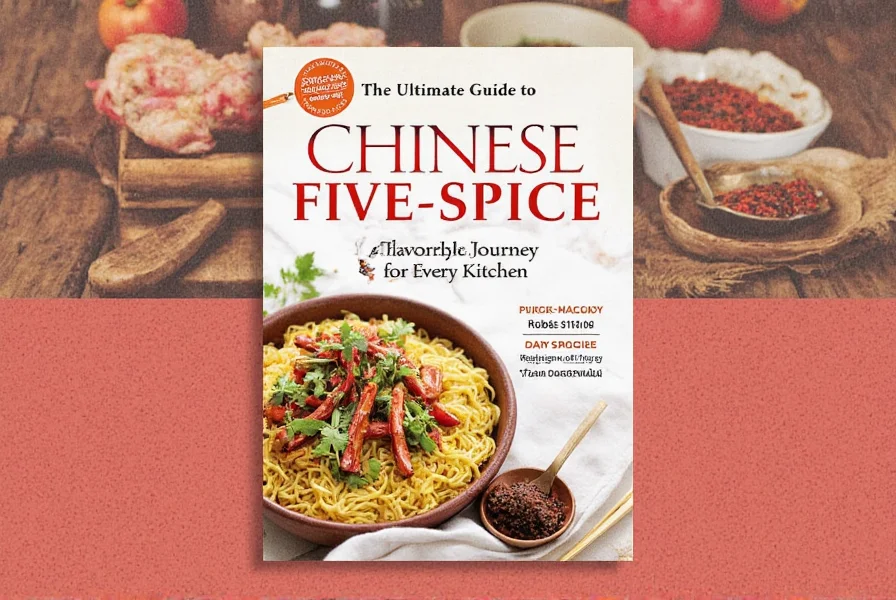
Ingredients
- 1 (3-4 lb) whole chicken, patted dry
- 2 tablespoons homemade five-spice blend
- 1 tablespoon brown sugar
- 1 teaspoon salt
- 1 tablespoon Shaoxing wine
- 1 teaspoon sesame oil
- 2 tablespoons vegetable oil
- 1-inch piece ginger, sliced
- 4 garlic cloves, smashed
Instructions
- Preheat oven to 425°F (220°C) with rack in center position.
- In small bowl, mix five-spice blend, brown sugar, and salt.
- Rub chicken inside and out with Shaoxing wine and sesame oil.
- Massage spice mixture all over chicken, including under skin.
- Place ginger and garlic in cavity.
- Tie legs together with kitchen twine.
- Place breast-side up in roasting pan.
- Roast 45-55 minutes until internal temperature reaches 165°F (74°C).
- Rest 10 minutes before carving.
Pro Tip
For extra-crispy skin, refrigerate uncovered for 4 hours before roasting. The dry air helps evaporate surface moisture.
2. Authentic Five-Spice Braised Pork Belly (Dongpo Pork)
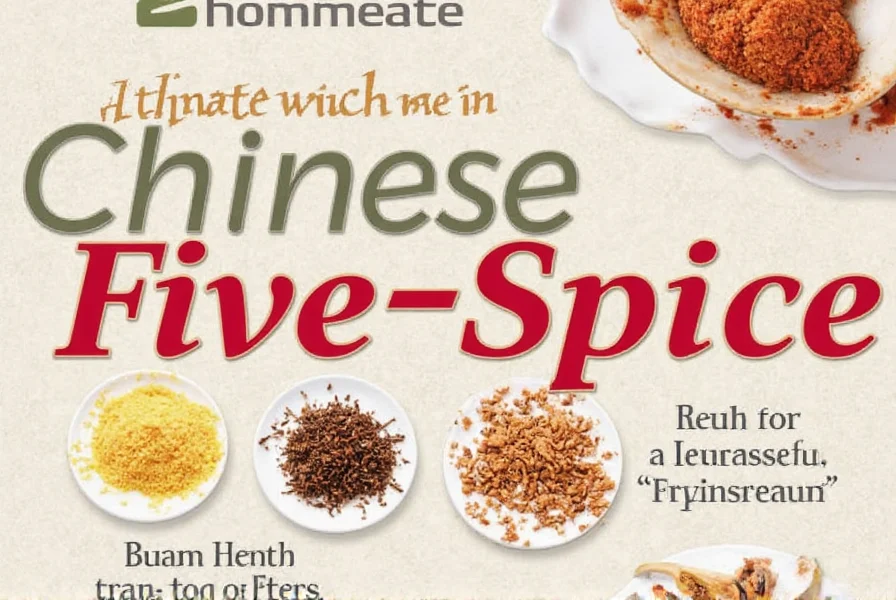
Ingredients
- 2 lbs pork belly, cut into 2-inch cubes
- 2 tablespoons oil
- 4 tablespoons sugar (for caramel)
- 1/4 cup Shaoxing wine
- 3 cups water
- 2 tablespoons light soy sauce
- 1 tablespoon dark soy sauce
- 1.5 tablespoons homemade five-spice blend
- 3 green onions, cut into 2-inch pieces
- 1-inch ginger, sliced
Instructions
- Blanch pork in boiling water for 5 minutes. Drain and rinse.
- Heat oil in heavy pot over medium heat. Add sugar and cook until amber caramel forms.
- Add pork and stir to coat with caramel.
- Add Shaoxing wine, water, soy sauces, five-spice, green onions, and ginger.
- Bring to boil, then reduce heat to low.
- Cover and simmer for 1.5-2 hours until fork-tender.
- Uncover and simmer 15 minutes to thicken sauce.
- Serve with steamed rice.
3. Quick Five-Spice Beef Stir-Fry (Ready in 20 Minutes)
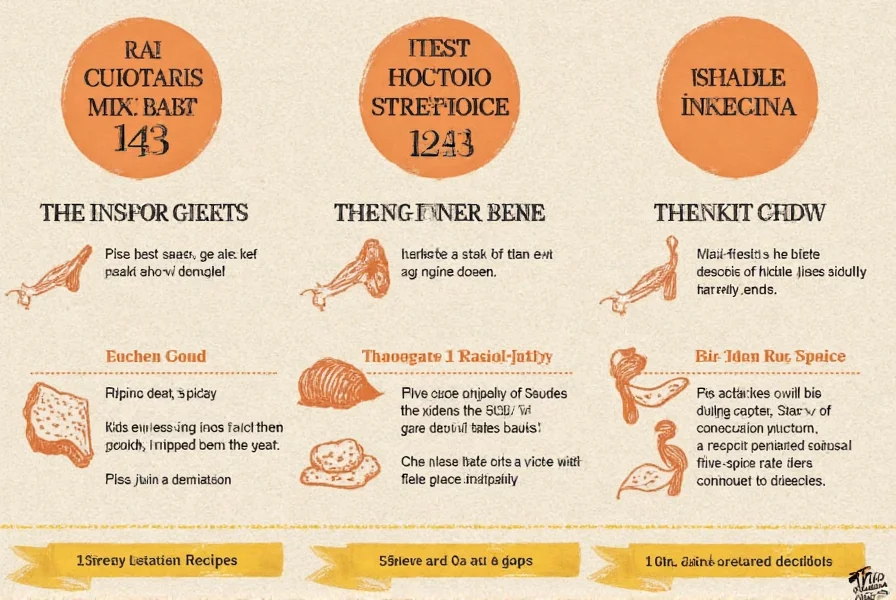
Ingredients
- 1 lb flank steak, thinly sliced against the grain
- 2 tablespoons soy sauce
- 1 tablespoon Shaoxing wine
- 1 tablespoon cornstarch
- 1 teaspoon homemade five-spice blend
- 2 tablespoons vegetable oil, divided
- 3 garlic cloves, minced
- 1 tablespoon fresh ginger, minced
- 2 bell peppers, sliced
- 1 onion, sliced
- 2 tablespoons oyster sauce
- 1 teaspoon sesame oil
Instructions
- Marinate beef with soy sauce, Shaoxing wine, cornstarch, and five-spice for 15 minutes.
- Heat 1 tablespoon oil in wok over high heat.
- Add beef in single layer and sear 1-2 minutes per side. Remove and set aside.
- Add remaining oil to wok. Stir-fry garlic and ginger for 30 seconds.
- Add bell peppers and onion, stir-fry 3-4 minutes until crisp-tender.
- Return beef to wok with any juices.
- Add oyster sauce and sesame oil, toss to combine.
- Cook 1 minute more until sauce coats ingredients.
- Serve immediately with rice.
Pro Tips for Perfect Five-Spice Dishes Every Time
After testing dozens of five-spice recipes, these professional techniques will transform your cooking:
- Bloom spices in oil: For maximum flavor, add five-spice to hot oil at the beginning of cooking to release essential oils (30 seconds before adding other ingredients)
- Use in layers: Add half at the beginning and half near the end of cooking for complex flavor development
- Balance with acidity: Counter the warmth of five-spice with rice vinegar or citrus (1 teaspoon per serving)
- Perfect meat pairing: Use 1.5 teaspoons per pound of pork, 1 teaspoon per pound of chicken, 0.75 teaspoons per pound of beef
- Sauce integration: Always mix five-spice with liquid ingredients first to prevent clumping
- Vegetable boost: Toss roasted root vegetables with 1/4 teaspoon five-spice and 1 teaspoon honey before serving
- Dessert trick: Add a pinch to chocolate recipes for surprising depth (works especially well with dark chocolate)
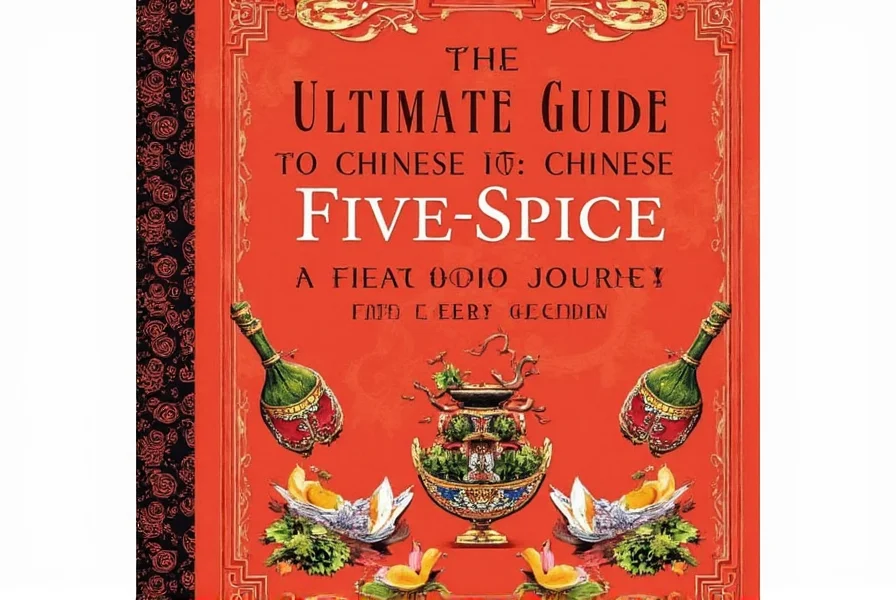
Remember: Authentic Chinese five-spice should enhance, not dominate. The goal is a subtle background note that makes people ask, "What's that delicious flavor?" not "Wow, this tastes like five-spice!"
How to Store Five-Spice for Maximum Flavor
Unlike many spice blends, Chinese five-spice loses potency quickly. Follow these storage guidelines:
- Whole spices: Store components separately in airtight containers for up to 2 years
- Pre-ground blend: Use within 3-4 months for best flavor
- Freezer storage: Keeps pre-ground blend fresh for 8-10 months (thaw before each use)
- Sunlight protection: Always use opaque containers or store in dark cabinet
- Moisture control: Add silica packet to container in humid climates
Test freshness by rubbing a small amount between fingers and smelling. Fresh five-spice should have a strong, complex aroma. If it smells faint or one-dimensional, it's time to make a new batch.
5 Common Mistakes to Avoid with Chinese Five-Spice
- Mistake: Using store-bought blends with garlic or ginger powder Solution: Make your own authentic blend or find a specialty Asian market that sells traditional versions
- Mistake: Adding too much too early in cooking Solution: Start with 1/4 teaspoon per serving and add more at the end if needed
- Mistake: Using five-spice as the only seasoning Solution: Balance with salt, sweetness, and acidity for complete flavor profile
- Mistake: Storing in clear containers on the spice rack Solution: Transfer to opaque, airtight containers immediately after making
- Mistake: Using the same amount for all proteins Solution: Adjust proportions based on protein type (more for fatty meats, less for delicate proteins)
Frequently Asked Questions
What is the authentic composition of Chinese five-spice?
Traditional Chinese five-spice (wu xiang fen) consists of star anise (80%), cloves (10%), Chinese cinnamon/cassia (6%), Sichuan pepper (3%), and fennel seeds (1%). Contrary to many Western interpretations, authentic blends do not contain garlic powder or ginger powder, which are modern additions that alter the traditional flavor profile.
How much authentic five-spice should I use per serving?
For authentic results, use 1/4 to 1/2 teaspoon per serving, depending on the dish. For meats: 1.5 tsp per pound of pork, 1 tsp per pound of chicken, 0.75 tsp per pound of beef. For vegetables: 1/4 tsp per serving. Always start with less and adjust at the end of cooking, as the flavor intensifies with heat and time.
Why does my homemade five-spice taste different from restaurant versions?
Authentic Chinese restaurants typically use freshly ground blends with precise proportions and high-quality whole spices. Most commercial blends contain fillers and incorrect ratios. For restaurant-quality results, toast whole spices yourself and use the 80-10-6-3-1 ratio of star anise, cloves, cassia, Sichuan pepper, and fennel seeds. The quality of each component matters significantly.
Can I use five-spice in vegetarian dishes effectively?
Yes, but adjust the amount downward. For tofu and mushrooms, use 1/4 teaspoon per serving. For roasted vegetables, combine 1/4 teaspoon five-spice with 1 teaspoon rice vinegar and 1 teaspoon maple syrup. The key is balancing the warm spices with acidity to prevent overwhelming delicate plant-based ingredients.
What's the difference between Chinese five-spice and other Asian spice blends?
Chinese five-spice is distinct from Japanese shichimi togarashi (which contains chili), Vietnamese five-spice (which often includes anise star and cinnamon but different ratios), and Indian spice blends like garam masala. The Chinese version emphasizes star anise as the dominant flavor with supporting warm spices, while maintaining the traditional balance of the five fundamental tastes.

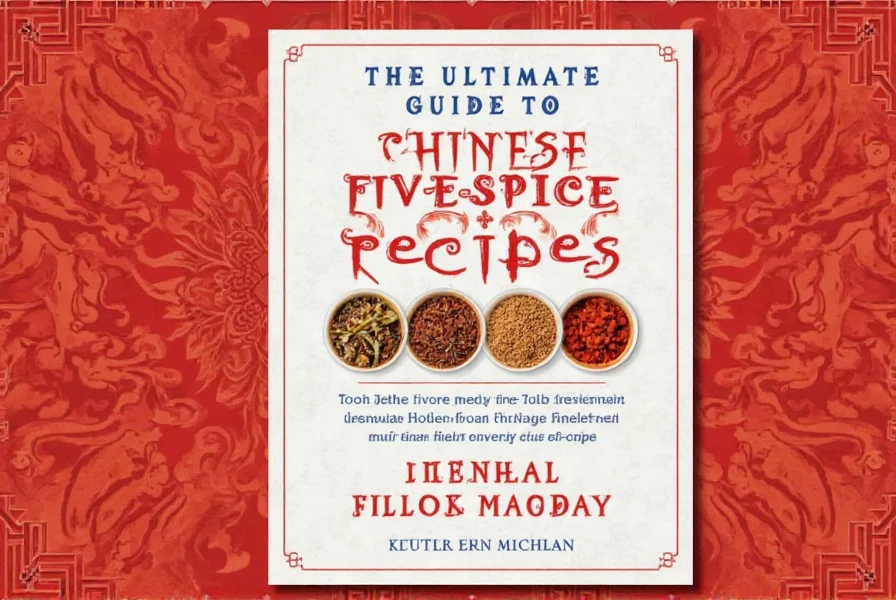









 浙公网安备
33010002000092号
浙公网安备
33010002000092号 浙B2-20120091-4
浙B2-20120091-4